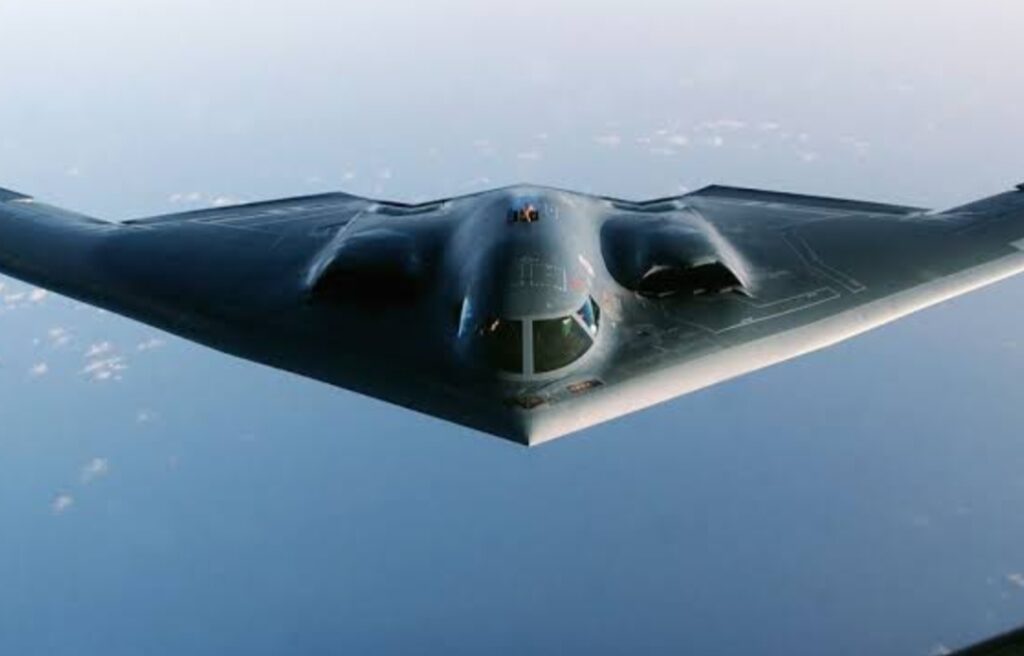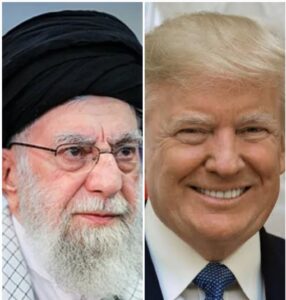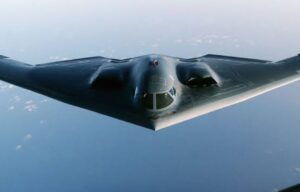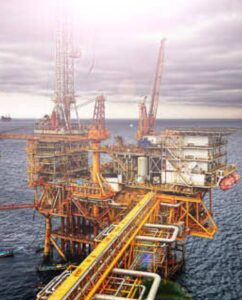America’s Capability to Demolish Iran’s Fordow Nuclear Plant: A Comparative Analysis with Iran and Israel
Samba Times Special

Introduction
Iran’s Fordow Fuel Enrichment Plant, a deeply buried nuclear facility near Qom, is a focal point in discussions about nuclear proliferation and regional security. Its strategic importance stems from its role in enriching uranium to levels close to weapons-grade, raising concerns for Israel and the United States. This article evaluates America’s capability to demolish Fordow, comparing its military and technological strengths with those of Iran and Israel, while examining the strategic and technical challenges involved.
Fordow Nuclear Plant: A Hardened Target
Fordow is uniquely fortified, embedded 80–90 meters (260–300 feet) beneath a mountain, designed to withstand conventional airstrikes. It houses approximately 3,000 centrifuges, producing uranium enriched to 60% purity—near the 90% threshold for weapons-grade material. Iran claims its nuclear program is for civilian purposes, but the facility’s depth and secrecy fuel suspicions of weaponization ambitions. Destroying Fordow requires penetrating its subterranean structure, a task that tests even the most advanced military capabilities.
America’s Capabilities
The United States possesses unparalleled military technology for targeting hardened facilities like Fordow, primarily through the GBU-57 Massive Ordnance Penetrator (MOP) and the B-2 Spirit stealth bomber.
- GBU-57 MOP: This 30,000-pound (13,600 kg) bunker-buster bomb, with a 6,000-pound warhead, can penetrate up to 200 feet (61 meters) of reinforced concrete or rock before detonating. It is the only conventional weapon believed capable of destroying Fordow’s deeply buried halls. Tests in 2019 demonstrated its ability to obliterate a Fordow replica.
- B-2 Stealth Bomber: The B-2 is the only aircraft designed to carry the MOP, with stealth features that evade advanced air defenses. A single B-2 can carry two MOPs, but experts suggest multiple strikes may be needed to ensure Fordow’s destruction, as a second bomb must detonate within the crater of the first.
- Supporting Assets: The U.S. maintains a robust network of refueling aircraft, intelligence, surveillance, and reconnaissance (ISR) platforms, and cyber capabilities. Recent movements of refueling planes suggest preparations for potential B-2 missions. Cyberattacks, like the Stuxnet virus that disrupted Iran’s centrifuges in 2010, could complement physical strikes.
- Strategic Reach: With bases in the Middle East and aircraft carriers, the U.S. can project power across Iran’s airspace, supported by advanced air supremacy fighters like the F-22 and F-35.
America’s ability to demolish Fordow hinges on precise execution. Multiple B-2 sorties, each delivering sequential MOPs, could collapse Fordow’s tunnels and destroy its centrifuges. However, uncertainties remain about the facility’s exact layout and reinforcement, potentially requiring ground verification post-strike.
Israel’s Capabilities
Israel, a regional military power, has demonstrated precision in striking Iran’s nuclear infrastructure, as seen in its June 2025 attacks on Natanz and Isfahan. However, Fordow poses significant challenges for Israel:
- Limited Bunker-Busting Capacity: Israel possesses lighter bunker-busters, such as the 1.8-tonne Rocks missile, but these cannot penetrate Fordow’s depth. Repeated strikes might damage surface infrastructure but are unlikely to destroy the underground facility.
- Aircraft Limitations: Israel’s F-15I and F-16I fighters lack the payload capacity and range of the B-2. Without heavy bombers, Israel cannot deliver ordinance equivalent to the MOP.
- Alternative Strategies: Israel has proposed special forces raids to infiltrate Fordow, plant explosives, and destroy it from within, similar to its 2024 operation against a Hezbollah missile factory in Syria. Such missions are high-risk due to Fordow’s heavy defenses and remote location. Cyberattacks and assassinations of nuclear scientists, as seen in 2025, are also part of Israel’s toolkit but cannot fully neutralize Fordow.
- Air Supremacy: Israel has achieved dominance over Iran’s skies, enabling strikes on less fortified targets like Natanz. However, Fordow’s anti-air defenses, potentially including Russian systems, complicate operations.
Israel’s inability to destroy Fordow without U.S. assistance is a critical limitation. Its ambassador to the U.S., Yechiel Leiter, emphasized that “the entire operation… has to be completed with the elimination of Fordow,” highlighting reliance on American support.
Iran’s Capabilities
Iran’s military is designed for defense and deterrence, with strengths in asymmetric warfare but significant weaknesses against advanced adversaries:
- Defensive Fortifications: Fordow’s subterranean design reflects Iran’s strategy to protect critical assets. Its air defenses, including Russian S-300 systems, guard the facility, though Israel’s 2025 strikes degraded parts of Iran’s air defense network.
- Missile and Drone Arsenal: Iran possesses a large stockpile of ballistic and cruise missiles, capable of retaliating against U.S. or Israeli bases in the region. However, its air force, reliant on aging aircraft, cannot match U.S. or Israeli air superiority.
- Nuclear Resilience: Iran’s nuclear program is dispersed, with facilities like Natanz and Isfahan complementing Fordow. Even if Fordow were damaged, Iran retains expertise and enriched uranium stockpiles, potentially allowing reconstitution within months.
- Asymmetric Threats: Iran could activate proxies like Hezbollah or conduct cyberattacks and terrorism abroad in response to strikes. Its ability to close the Strait of Hormuz could disrupt global oil markets, a significant deterrent.
Iran’s military cannot prevent a determined U.S. strike on Fordow but can impose significant costs through retaliation. Its nuclear knowledge, described as “irreversible,” ensures long-term resilience despite physical setbacks.
Comparative Analysis
| Aspect | United States | Israel | Iran |
|---|---|---|---|
| Bunker-Busting Bombs | GBU-57 MOP, capable of penetrating Fordow | Lighter bombs, insufficient for Fordow | No offensive equivalent |
| Delivery Platforms | B-2 stealth bomber, unmatched range/stealth | F-15I/F-16I, limited payload/range | No advanced bombers |
| Air Supremacy | Dominant, with F-22/F-35 support | Regional dominance, but stretched vs Iran | Weak air force, reliant on ground defenses |
| Special Forces | Elite units, but ground ops high-risk | Proven commando raids, high-risk for Fordow | Strong defensive forces at Fordow |
| Cyber Capabilities | Advanced, history of Stuxnet | Sophisticated, used vs Iran’s program | Growing, but less advanced |
| Retaliatory Capacity | Global reach, minimal regional risk | Vulnerable to Iranian missile retaliation | Significant missile/proxy retaliation |
Key Takeaway: The U.S. is uniquely equipped to demolish Fordow with the MOP and B-2, a capability neither Israel nor Iran can match. Israel’s strengths lie in precision and covert operations but fall short against Fordow’s fortifications. Iran’s defensive posture and retaliatory options make strikes costly, though they cannot prevent a U.S. attack.
Strategic Considerations
- U.S. Policy: The U.S. has historically withheld MOPs from Israel to avoid encouraging preemptive strikes. A U.S. strike on Fordow would signal a major policy shift, risking escalation and derailing nuclear diplomacy.
- Regional Risks: Iran’s potential retaliation against U.S. bases, Israeli cities, or energy infrastructure could ignite a broader conflict. Toxic chemical plumes from a Fordow strike pose local risks, though radiation hazards are minimal.
- Nuclear Program Setback: Destroying Fordow would delay Iran’s nuclear ambitions by months to years, but its expertise and dispersed assets limit long-term impact. Attacks may paradoxically spur Iran to pursue a bomb as a deterrent.
- Israeli Dependence: Israel’s campaign against Iran’s nuclear program, dubbed “Rising Lion,” hinges on U.S. support for Fordow. Without it, Israel’s options are limited to temporary disruptions.
Conclusion
The United States has the technical capability to demolish Fordow using the GBU-57 MOP and B-2 bombers, a feat beyond Israel’s reach due to its lack of equivalent ordinance and delivery systems. Iran, while resilient and capable of retaliation, cannot defend Fordow against a determined U.S. strike. However, the strategic costs—escalation, regional instability, and potential acceleration of Iran’s nuclear ambitions—temper America’s willingness to act. Israel’s reliance on U.S. assistance emphasizes on the gap between its regional power and the unique capabilities of a global superpower. For now, Fordow remains a symbol of Iran’s defiance and a test of American resolve.





